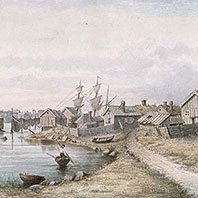Our History
A modern Lifestyle Hotel with a long and colourful history.
Originally opened as the Helsinki County Prison and investigative penitentiary, the main building of Hotel Katajanokka dates back to 1888, with the oldest part opened in 1837. The prison housed its original tenants up until as late as 2002. Following extensive renovations and conversion work, the prison was reborn into a modern, high class hotel in May 2007. Protected by the Finnish National Board of Antiquities, the main hallway, exterior shell and surrounding red brick walls remain to remind todays’ visitor of numerous colourful and often tragic stories of a bygone era.
To commemorate the building’s 10th anniversary as a hotel, a light renovation and extensive interior facelift was finished in 2017. Today Hotel Katajanokka is a modern lifestyle hotel dedicated to friendly, personal and attentive service in unique historic surroundings. This is our story.

Hotel Katajanokka earns World Travel Awards, Finland’s Leading Boutique Hotel -recognition.


Hotel Katajanokka wins the Luxury Design Hotel Award in World Luxury Hotel Awards™ judging the hotel facilities and service excellence.
This year, Hotel Katajanokka also reaches the finals in Evento Awards and wins Tripadvisorin Traveller’s Choice Award. The rooms, lobby, front desk and public areas undergo an extensive update for a new and fresh upgrade.


Hotel Katajanokka leaves Best Western and becomes an independent lifestyle hotel. The new credo promises its guests to: “Escape the ordinary”. The hotel reaches the respectable Top 5 in Tripadvisor Travellers’ Choice vote.


Hotel Katajanokka opens its doors as a Best Western hotel, with 106 rooms, a restaurant, five meeting rooms, a prison chapel, gym and sauna facilities.
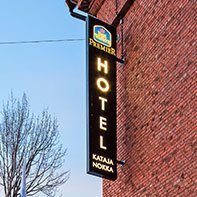

The massive transformation from prison to hotel begins. The building exterior, surrounding walls, the central hallway and prison chapel are restored to their former glory.
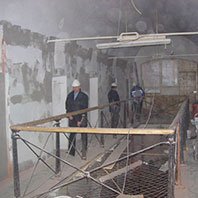

The prisoners at “Nokka” are transferred to Vantaa and the building ceases as a prison.
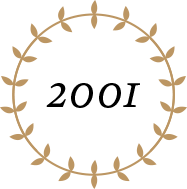
Peter Fryckman, a famous Finnish businessman found guilty of fraud, tax evasion and libel charges, spends one night at Katajanokka prison.
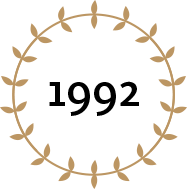
Jan Jalutsi, a prisoner known as the “Escape King” of Finland, climbs the prison wall and escapes from Katajanokka.

Contract killer Ilpo Larha and drug felon Kullervo Haikas break out from “Nokka” prison. Following an extensive cat and mouse chase with the police, Larha shoots himself.

Raivo Roosna and Aleks Lepajoe defect from Soviet-occupied Estonia and end up at Katajanokka prison.
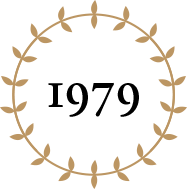
Jan Jalutsi (Moilanen) pays his first visit to “Nokka”, accused of robbing a post office.
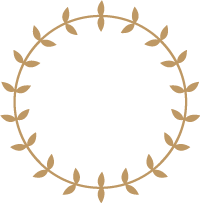
The prisoners are getting paid for studying. The 70’s also bring the end to shackles and various other disciplinary methods punishment.
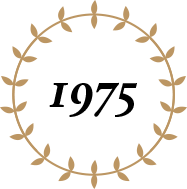
Penitentiary is removed from the law books as a formal form of punishment.
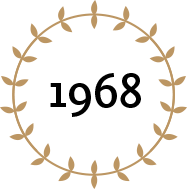
Matti “Volvo” Markkanen arrives at “Skatta” after being apprehended in Denmark, following a series of bank robberies.
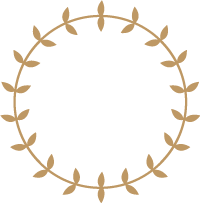
Pertti Ylermi Lindgren reads the bricks at “Nokka” for fraud.
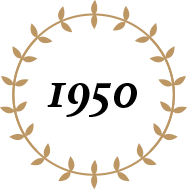
In the 1950’s the authorities start to draw attention to convicts’ mental and physical well-being. Severe restrictions of movement are lifted, hence the prisoners are able to move around the courtyard relatively freely. The 1950’s sees prisoner’s clubs for gymnastics and sports, as well as singing, chess and English language groups. Church sermons are held twice daily – every morning and evening.
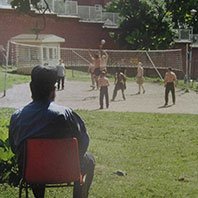
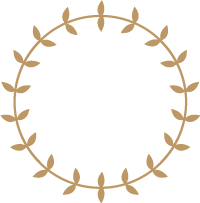
Post-war diet at “Nokka” The food at the post-war prison is spartan: breakfast consists of porridge or gruel. Soup is on the menu daily and salted meat occasionally. Once a week the convicts are treated with salted herring and boiled potatoes. Tomatoes are grown inside the prison walls with carrots and beetroots imported from the outside.

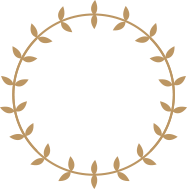
The “arms stash” case is straining the Katajanokka prison. During investigations 2685 persons are detained, and 2122 are charged. All in all 1488 people are convicted and the court sessions go on up until 1950.
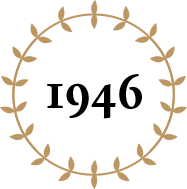
A peculiar tunnel is discovered on premises: The tunnel goes through the wall from men’s cell block on the 3rd floor. But instead of taking the fugitives outside, this tunnel leads to women’s cell No 13 on the same floor. The prisoners have laboured this “labour of love” for a whole two weeks.
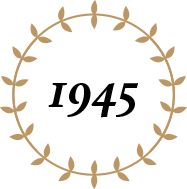
The war time government leaders are taken to Katajanokka prison: amongst the detained are president Risto Ryti, and ministers Johan Ragnell, Carl Ramsay, Väinö Tanner, Edwin Linkomies, Antti Kukkonen, Tyko Reinikka and Toivo Kivimäki. Ryti spends his time at Nokka during the War Tribunals from September 1945 to February 1946.
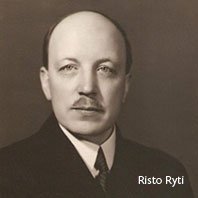
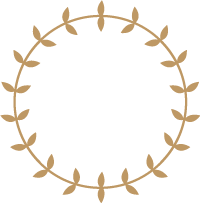
“Sunday evening. I am writing in my cell. There’s an alarm outside. The planes are zigzagging the skies and bombs are starting to howl. It came in through the window. Window frames and bars came crashing against collapsing walls. The flames blazed in the window and all of a sudden I understood: the house is on fire. Shouting is carried from the outside: ‘Open the doors. We are burning alive, you beasts, open the doors’. I try to join in, shouting, but can’t hear my own voice. My lower body has been hit, my back is cramping, I can’t move anything but my hands.” – Hella Wuolijoki
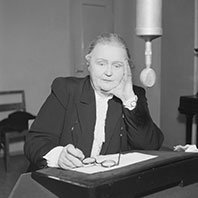
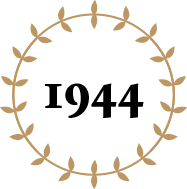
The prison suffers a hit on February 6, 1944. An air bomb explodes near the prison bakery, kills guard Johannes Tuominen and ignites a fire, wounding several convicts. Five prisoners seize the opportunity and escape. One of the persons wounded is a woman imprisoned for treason, writer, politician and broadcaster Hella Wuolijoki. Cease fire saves Kerttu Nuorteva from execution and she is returned to the Soviet Union. Filmmaker Edvin Laine uses the prison as the setting for his film “Shadowed by the grid”. Punishment by beating and locking prisoners into darkened cells are stopped.
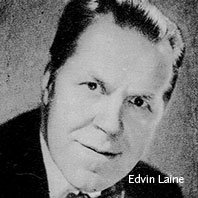
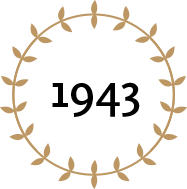
Martta Koskinen becomes the last woman executed in Finland at Malmi shooting range.
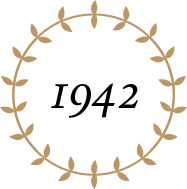
Following an air raid, a ten-metre section of the prison wall collapses. Martta Koskinen is detained and sentenced to death by execution. During this time, a spy and saboteur Kerttu Nuorteva gets caught.
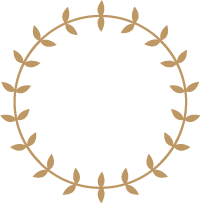
Katajanokka County Prison lives in constant transformation. The prison quarters are renovated and its functions are constantly moved around. The lighting in the courtyard is insuffient and darkness encourages the inmates to constant escape attempts and shady businesses. Permanent canopys are erected for the guards. The guards introduce German shepherds to avoid prison break attempts.
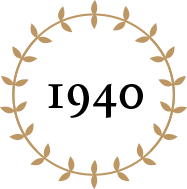
The prison cellar gets its first plumbing system, the ditch running through the basement is filled and rats are extermi-nated from the prison building.
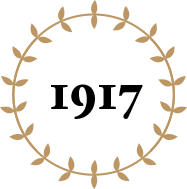
The leftist Red Guard attack Katajanokka Prison, liberating their imprisoned comrades and imprisoning their white counterparts. Later on that year, the Whites re-occupy the prison with some assistance from the German army.
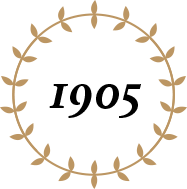
Karl Lennart Hohenthal murders procurator Eliel Soisalo-Soininen and ends up in “Skatta”. On October 10, Hohenthal lowers a string from his cell window. His accomplice ties a hacksaw to the string end and up it goes. The prisoner then proceeds to saw the bars of his cell window, lowers himself into the courtyard, jumps the wall using a rope ladder and rows himself into freedom with a rowing boat.
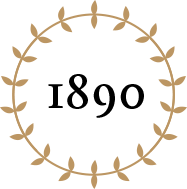
A murderer and knifeman Matti Haapoja strangles a Helsinki prostitute and ends up in a slammer at “Nokka”.
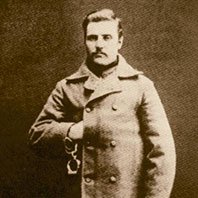
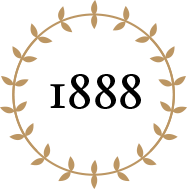
Emperor Alexander III has the prison extension built. Three red brick annexes, built into the shape of a cross, form the backbone of a typical Philadelphia prison layout. The model is based on a central hall-way, surrounded by 164 cell-aligned corridors. The building becomes the one of the first buildings in Helsinki with central heating and electrical lighting. Simultaneously, the original building is refurbished into an administrative building.
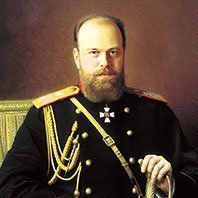
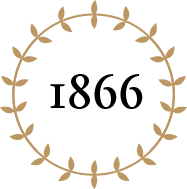
The decree of 1866 divides custodial sentences into three categories: penitentiary, water-and-bread and imprisonment. The inmates are overseen by a large group of civil servants: the warden, preachers, doctors, bookkeepers and teachers. The employees consist of foreman, sexton and male and female guards. The work-based daily routines include compulsory exercise, outdoor activities and possibilities for various studies.
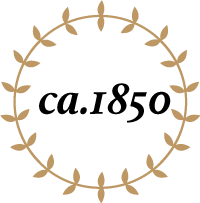
Young Aleksis Kivi, the Finnish national writer-to-be, attends the school of Old-Man-Granberg and is lodged at the home of sheriff Winblad. Kivi writes a ”crook play”, which is shown to full houses at Kataja-nokka prison.
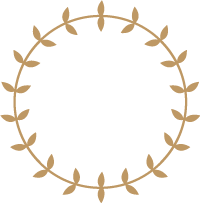
Helsinki County Prison Helsinki County Prison, also known as “Skatta” or “Nokka” is opened as an investigative prison. The inmates consist of criminals awaiting their trials and people imprisoned for unpaid fines. Nearly 40% of all inmates ending up in Finnish prisons visit, at some point, the Katajanokka prison. At its most, 200 persons await trial in its 164 cells.
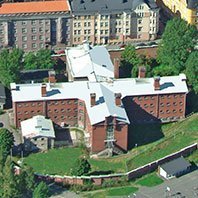
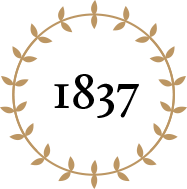
The Crown Prison lot sees a new building: Helsinki County Prison, with 12 prison rooms, two guard rooms and a chapel — the second oldest church in Helsinki. The white stucco building housing the prison chapel still exists as part of Hotel Katajanokka building.
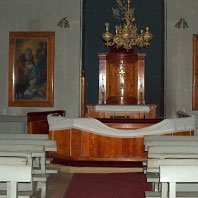
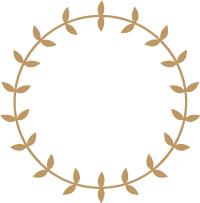
During the 1600’s the Katajanokka consists of a few fisherman’s cottages, Tullihällen-red brick foundry and a government-owned warehouse. In 1700’s Katajanokka is inhabited by seamen and craftsmen. As the population grows, vagabonds and criminals find the narrow and winding alleyways of the remote peninsula and its derelict inns and shady boozers.
